20 Nov 2025
Bridging Algorithms and Atoms: Machine Learning Meets Materials Science series
Join us for the 7th Machine Learning Meets Materials Science Seminar, part of the WASP–WISE initiative! Mark your calendars: November 26 at 10:00!

3 Nov 2025
The Guest Professor (GP) program is one of WISE’s recruitment and outreach activities, designed to foster international research collaborations and support the development of our students.
This time, we are delighted to welcome Prof. M.I. Katsnelson from Radboud University, as Guest Professor at Uppsala University. We had the opportunity to sit down with him to discuss his research.
Prof. Katsnelson will be one of the two speakers in the upcoming public GP lecture on November 6, 15:00–16:00, with the talk “From quantum many-body physics to materials and sustainability”. The talk will explore how fundamental quantum mechanical and electrodynamic laws can be applied to understand and predict material properties through approximations like density and Green’s function functionals.
What is your current area of research field?
I am dealing with a broad circle of problems in condensed matter physics and materials science but three subfields should be specially mentioned: (1) two-dimensional materials; (2) magnetism and magnetic materials; (3) strongly correlated materials. In all of these cases, I am very much interested in developing the way from basic and seemingly abstract laws of quantum physics to explanations and predictions of properties of real materials.
What inspired you to become a researcher, and specifically in this field?
This is all due to outstanding teachers which I had in school, in the University and after the University. My scientific tastes were formed under strong influence of many people, first of all, Boris Ishmukhametov, Sergey Vonsovsky and Valentin Vaks. I should especially mention Sergey Vonsovsky who was probably the leading Soviet scientist in the theory of magnetism, and that is why magnetism became my main area. Two-dimensional materials were added much later and partially by accident, thanks to Andre Geim and Kostya Novoselov who invited me to join their work on graphene from the very beginning.
How does your work help address the challenges of a sustainable future?
In two-dimensional materials, I was especially strongly involved in studies of graphene, from their very beginning. I participated in many applied works on graphene, including chemical sensors, tunneling transistors, and chemistry of graphene. I believe that the works on hydrogenation of graphene and on penetration of hydrogen through graphene membrane which we still continue have especially serious potential, e.g., for extraction hydrogen from air and hydrogen energetics.
In magnetism, we develop a general approach allowing to compute basic magnetic properties of materials from the laws of quantum mechanics. In combination with contemporary machine learning tools they can be used for screening of the list of possible magnetic materials and for creating novel materials with desired properties, for example for replacing expensive rare earth elements by something more economically favorable, or for the increase of Curie temperature of magnetic semiconductors.
We are also working hardly on optical properties of two- and three-dimensional materials, including very difficult case of strongly correlated systems. This can be important for the development of such fields as photonics and plasmonics, with a perspective of information processing with much lower energy consumption than in traditional electronics.
Brief Bio

20 Nov 2025
Join us for the 7th Machine Learning Meets Materials Science Seminar, part of the WASP–WISE initiative! Mark your calendars: November 26 at 10:00!

17 Nov 2025
Uppsala University’s WISE Symposium series will spotlight cutting-edge sustainability research on November 26, 2025, with a webinar dedicated to the environmental aspects of additive manufacturing.

12 Nov 2025
On December 4, 2025, from 15:00 to 16:00, Uppsala University will host a WISE Guest Professor Lecture featuring Professor Julie Beth Zimmerman and Dr. Sandrine Lyonnard, both WISE Guest Professors at the university.
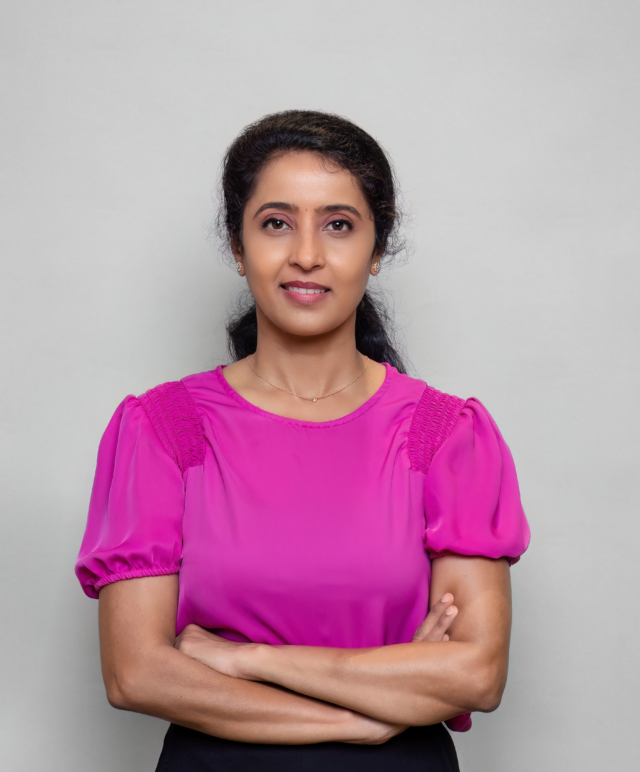
11 Nov 2025
“This talk explores the emerging frontier of biotechnology in enabling greener battery technologies, specifically through biohydrometallurgy and bio-based materials, ” says Prof. Srinivasan Nanyang from the Technological University (NTU), Singapore.
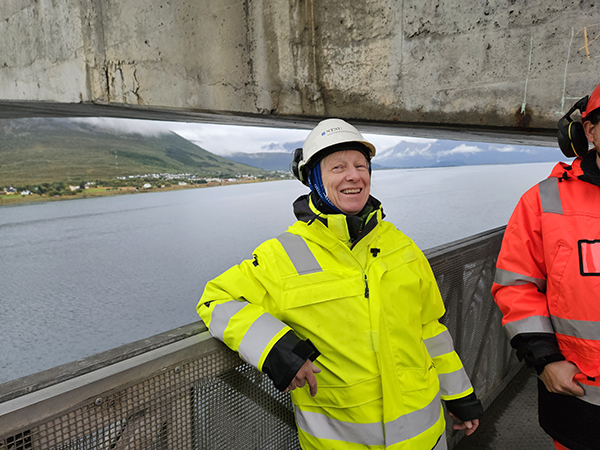
10 Nov 2025
As part of WISE’s Guest Professor (GP) program — one of our key initiatives to foster international collaboration and enrich student learning — we are delighted to welcome Professor Mette Rica Geiker from the Norwegian University of Science and Technology (NTNU) to Chalmers University of Technology.
Picture by Ann-Marie Thoresen at Statens Vegvesen
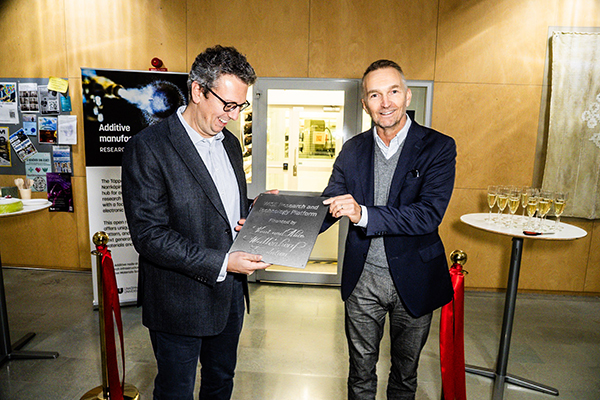
6 Nov 2025
The inauguration of the WISE Additive node at Linköping University (LiU) took place this week, marking an important milestone in the development of Sweden’s research infrastructure for additive manufacturing and soft electronics for sustainability.
Picture by Thor Balkhed, Linköping University

27 Oct 2025
The Wallenberg Centre for Quantum Technology (WACQT) and the Wallenberg Initiative Materials Science for Sustainability (WISE) have launched a new call for proposals — now open for applications!
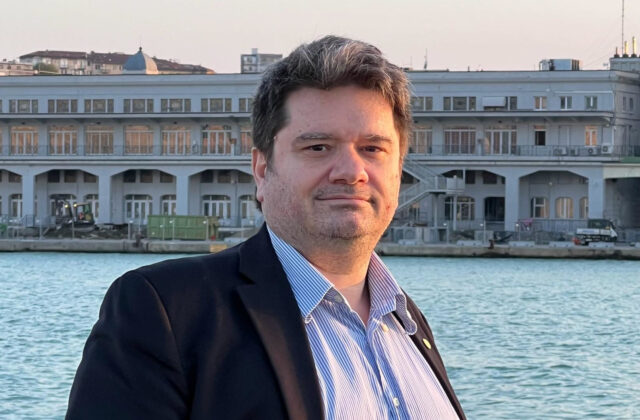
23 Oct 2025
“Our society is increasingly dependent on technology. Take smartphones, for example: our entire lives are stored in them. Yet most of us are unaware of how energy-intensive their production processes are, how toxic or scarce some of the materials used in these devices can be, or how poorly many technologies are designed for recycling”, says WISE Guest Professor Federico Rosei at LTU.

22 Oct 2025
The Wallenberg Initiative Materials Science for Sustainability (WISE) seeks a Director of Sustainability to lead and develop the initiative’s strategic sustainability efforts.
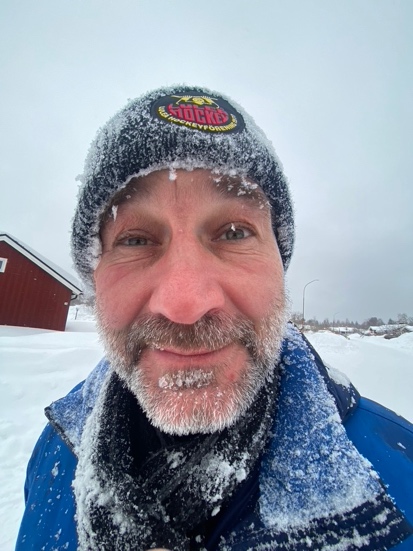
20 Oct 2025
“I think it is important to observe and learn from nature. Nature does not waste. What one organism discards, another uses as energy. The key question for us is how we can minimize and reuse our own waste, how we can create more with less”, says WISE Guest Professor Alexander Bismarck from University of Vienna.

16 Oct 2025
We’re thrilled to kick off the WACQT-WISE Pilot Call 2025 with an inspiring webinar.
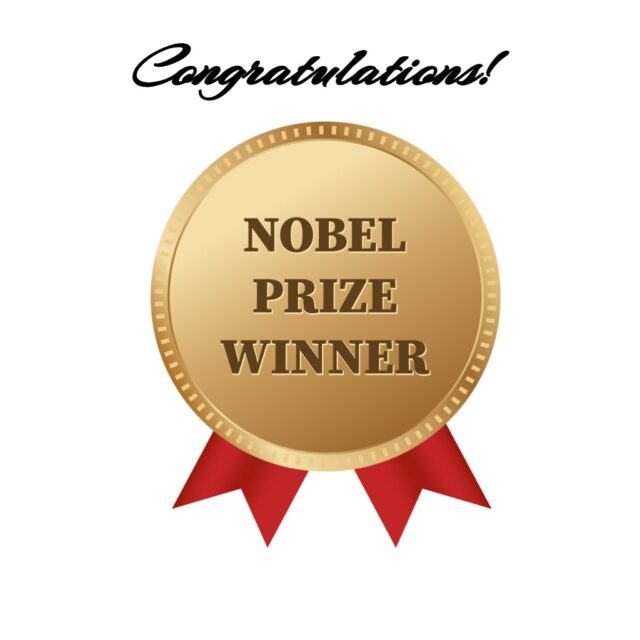
14 Oct 2025
—Quantum phenomena and materials science have once again demonstrated unique phenomena with the potential to benefit society, says Professor Olle Eriksson at Uppsala University, WISE Co-Director and Chair of the Nobel Committee for Physics.
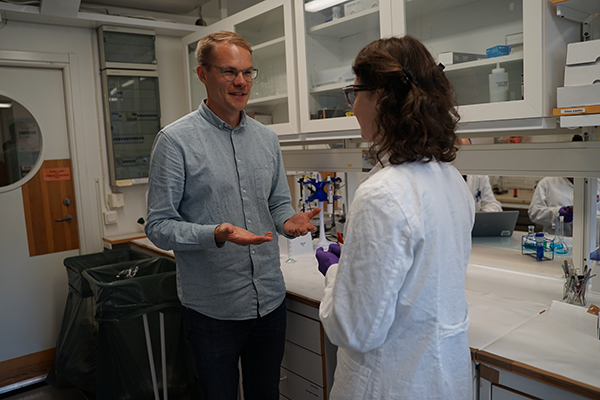
9 Oct 2025
In a world increasingly powered by lithium-ion batteries—from smartphones to electric vehicles—the race is on to find cleaner, smarter ways to recover this critical metal.
Photo taken by Retain.
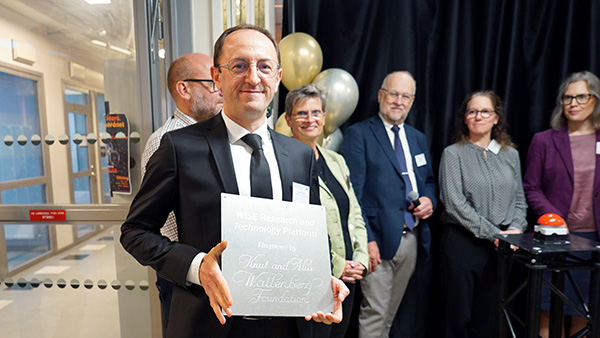
3 Oct 2025
On 2 October 2025, Chalmers University of Technology officially inaugurated its new additive manufacturing infrastructure: AM@Chalmers and the Chalmers WISE Additive node.

3 Oct 2025
The Wallenberg Centre for Quantum Technology (WACQT) and the Wallenberg Initiative Materials Science for Sustainability (WISE) are launching a new call to spark collaboration at the cutting edge of research.
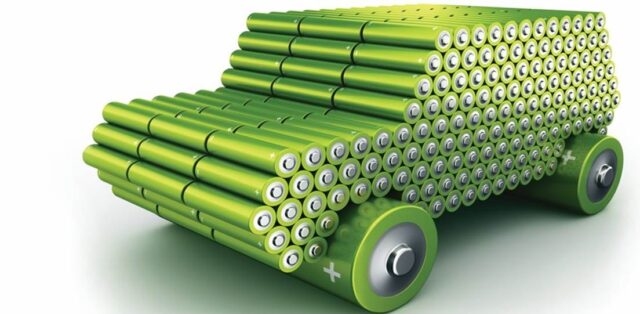
2 Oct 2025
—Imagine a world where vehicles, buildings, and even everyday devices become self-powering, seamlessly merging structure and storage. This is the vision of structural power composites. Structural power composites open the door to a future where every part of a product contributes not only to its form and strength, but also to its function as an energy source, says WISE Guest Professor Madhavi Srinivasan from Nanyang Technological University.
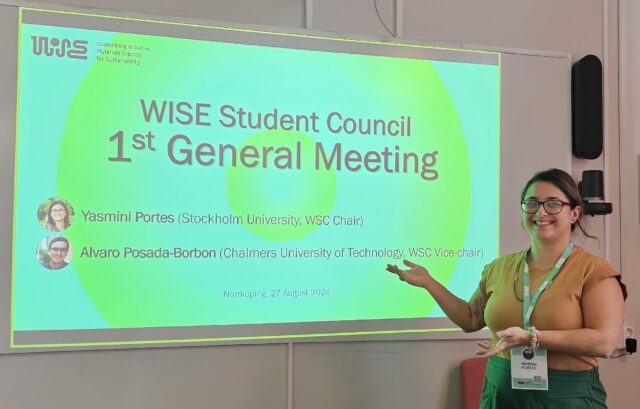
25 Sep 2025
-Our role is to act as a bridge between PhD students, postdocs, and WISE Research School management. We receive questions and concerns both from students and postdocs as well as from the RS management, which we bring to our meetings for discussion, says Yamini Portes, chairperson of the WISE Student Council and PhD student at Stockholm University.

24 Sep 2025
Join us for the 6th Machine Learning Meets Materials Science Seminar, part of the WISE–WASP initiative! Mark your calendars: October 1 at 10:00!

24 Sep 2025
We’re pleased to announce that registration is now open for the AM4Life/WISE Additive Autumn School on the theme “Post-processing in AM and Surface Engineering.”

24 Sep 2025
We are pleased to welcome Professor Johan Hjelm, WISE Guest Professor at Lund University (LU), and Professor Yury Gogotsi, WISE Guest Professor at Linköping University (LiU), for a joint digital event on October 2, 2025, from 15:00 to 16:00.

17 Sep 2025
At WISE, we love to share the stories of the people driving science forward. Meet Professor Chao Zhang, an Associate Professor at Uppsala University who is passionate about reimagining the future of energy.
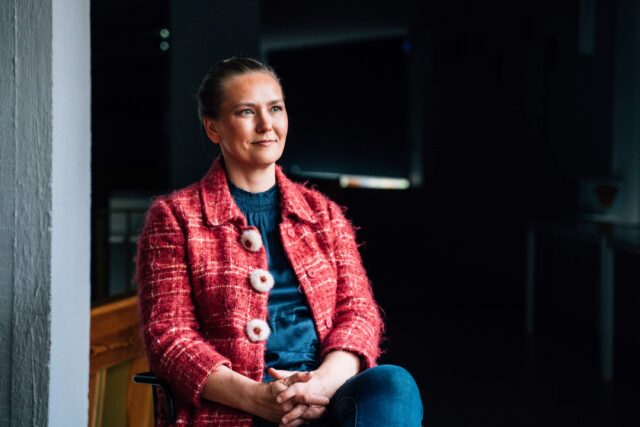
10 Sep 2025
–Materials science can never be done in “vacuum.” By this I mean that sustainability and circular economy must be considered from the very beginning, and this requires collaboration. No one can be an expert in everything, says WISE Guest Professor Mari Lundström from Aalto University.

2 Sep 2025
On September 11, 2025, from 15:00 to 16:00, WISE (Wallenberg Initiative Materials Science for Sustainability) will host a special guest professor lecture featuring two leading international researchers in materials science.

1 Sep 2025
The Knut and Alice Wallenberg Foundation is delighted to announce the 2025 call for Proof of Concept Grants in Materials Science for Sustainability, is now open for applications until October 15, 2025, at 13:00.
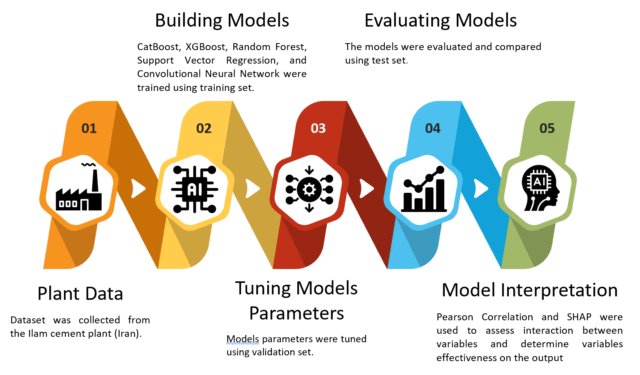
26 Aug 2025
In a recent report published in Scientific Reports, Professor Saeed Chehreh Chelgani from Luleå University of Technology and WISE-affiliated researcher and his colleagues tackled one of the cement industry’s most pressing challenges: energy efficiency.

25 Aug 2025
WIRA-SuPRA invites industry professionals to Husqvarna, Sweden, for a two-day event exploring how artificial intelligence is transforming the plastics industry.

25 Aug 2025
Welcome Meeting 2025 is now wrapped up – and what an event it was!

22 Aug 2025
Can smarter recycling pave the way for a more sustainable industry?
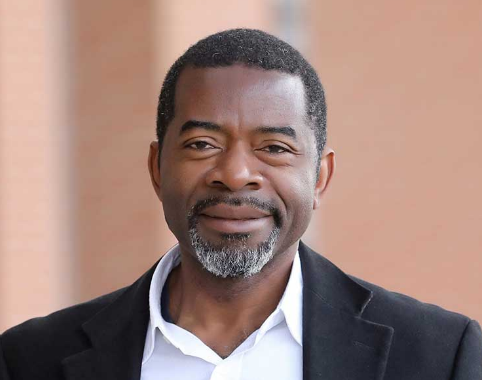
19 Aug 2025
“To achieve climate neutrality by 2050, research and innovations in energy, transport, manufacturing industry, and sustainable practices globally are crucial”, says Professor Ange Nzihou from IMT Mines Albi, France.
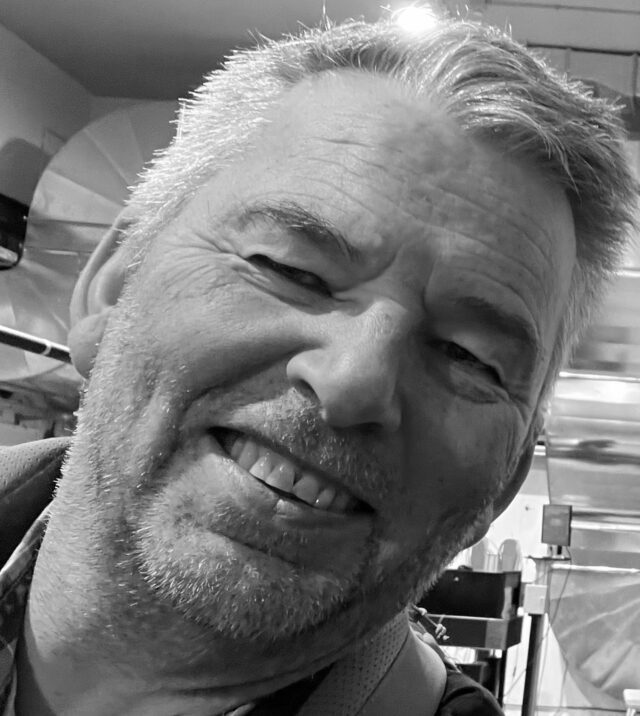
16 Aug 2025
On Wednesday, 20 August, Prof. Hjörvarsson will give a talk at the WISE Welcome Meeting at Louis De Geer Konsert & Kongress in Norrköping.
– I’ll give you a teaser: the title of my talk is “Bullerbyn 2.0 / El Dorado,” says Hjörvarsson with a big smile.